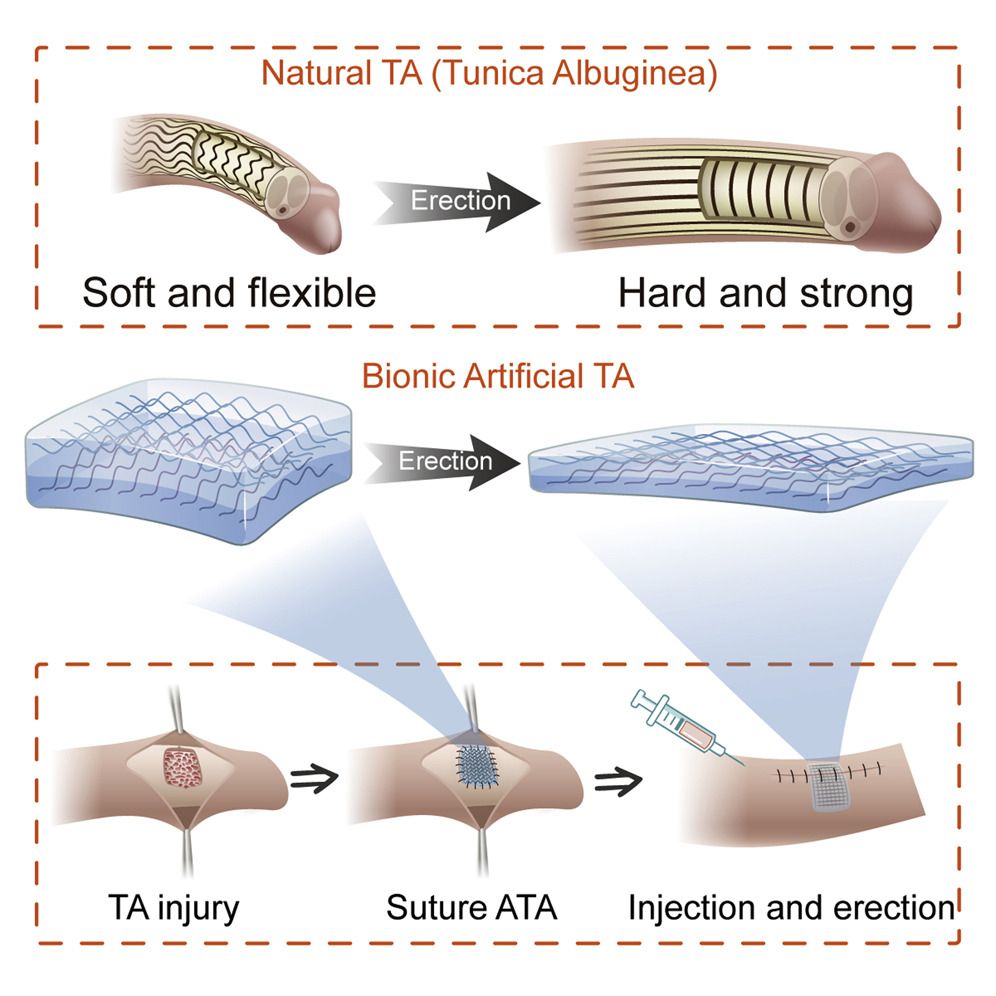The technology was testing on miniature pigs in China with injured penises
A bionic penis that could restore erectile function has been developed by scientists and boffins are hopeful it will work after successful experiments on pigs.
The synthetic willy mimics a fibrous sheath of tissue that keeps blokes up to the job.
It could repair injuries caused by sex, car and machine accidents, gunshot wounds or burns. The artificial tunica albuginea (ATA) is based on water soluble polyvinyl alcohol (PVA) which has a similar curled structure.
Dr Xuetao Shi, of the South China University of Technology in Guangzhou, said: “We largely foresaw the problems and results of the ATA construction process.
“But we were still surprised by the results in the animal experiments, where the penis regained normal erection immediately after the use of ATA.
“The greatest advantage is that it achieves tissue-like functions by mimicking the microstructure of natural tissues.”
About half of men between the ages of 40 and 70 experience some form of erectile dysfunction.
About one-in-twenty suffer from Peyronie’s disease, a connective tissue disorder that can occur as a result of sex. Scar tissue forms in the tunica albuginea, causing pain and a range of other effects, explained Dr Shi.
He said: “We noticed that this is an area that has received little attention, yet the related need is huge.”
Experts have previously focused on fixing the urethra, a tube that empties the bladder.
Patches can treat damaged tunica albuginea tissue. But this sometimes leads to rejection by the immune system or other complications. The microstructures are different so they are not perfect replacements.
Lab tests showed the device, described in the journal Matter, is not toxic to other tissues and blood – so can remain in the body for a long time.
In Chinese miniature pigs with injured penises, patches made from the material restored erectile function so well it was similar to that of normal penile tissue. Results suggest it successfully replaced the natural tissue’s function.
After a month, ATA developed fibrosis comparable to that in normal tissue.
They achieved a normal erection after the penis was injected with saline. The animals share anatomical and physiological similarities with humans.
Dr Shi said: “The results one month after the procedure showed the ATA group achieved good, though not perfect, repair results.”
In penile injuries the tunica albuginea is usually damaged along with surrounding nerves and the corpus cavernosum. This is the spongy tissue that runs through the penis’ shaft – making repairs even more difficult.
Dr Shi said: “Our work at this stage focuses on the repair of a single tissue in the penis. “The next stage will be to consider the repair of the overall penile defect or the construction of an artificial penis from a holistic perspective.”
The researchers also plan to investigate techniques to repair other tissues – including the heart and bladder.
Dr Shi said: “This design approach is not limited to the biomimetic design of tunica albuginea tissues but can be extended to many other load-bearing tissues.”
Related stories:
- Man with 10.5-inch penis says he’s often thought about getting reduction surgery
- Man with 9.5 inch penis rejected for job because they ‘thought he had an erection’ during interview
- Three reasons why ‘morning glory’ exists, according to science
- Channel 4 viewers shocked as new programme shows 10.5 inch penis
- ‘My small penis destroyed any hope of falling in love and having a family’
- Tiny dicks might become popular again, according to experts















































